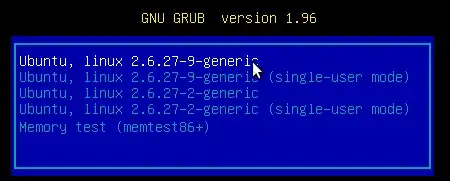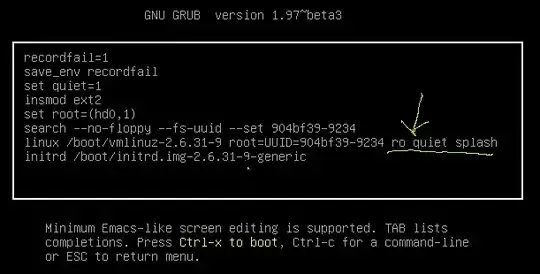I know that editing the boot options line and adding 'nomodeset' solves the problem of my laptop during LiveCD mode, what I don't know is how to set it at boot up through Grub2 after I've installed Ubuntu.
So, my question is; how do I set nomodeset before I boot into Ubuntu?


/boot/grub/if I remember correctly. – Tim Visee Jun 20 '19 at 13:14